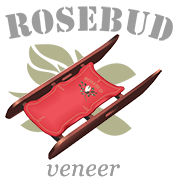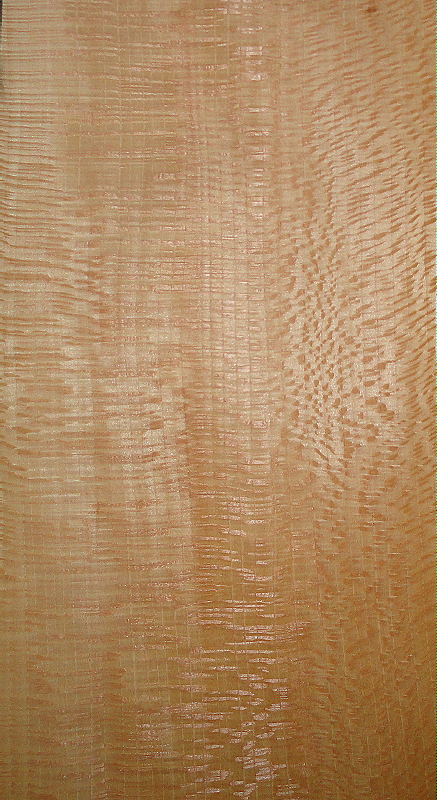Latin Name: Platanus occidentalis
Common Name(s): Sycamore, American Plane
Sources: Eastern United States
|
Characteristics
|
Similar to maple, the wood of Sycamore trees is predominantly comprised of the sapwood, with some darker heartwood streaks also found in most boards. (Though it is not uncommon to also see entire boards of heartwood too.) The sapwood is white to light tan, while the heartwood is a darker reddish brown. Sycamore also has very distinct ray flecks present on quartersawn surfaces—giving it a freckled appearance—and it is sometimes even called “Lacewood.” |
|
Grain/ Texture
|
Sycamore has a fine and even texture that is very similar to maple. The grain is interlocked. |
|
Workability
|
Overall, Sycamore works easily with both hand and machine tools, though the interlocked grain can be troublesome in surfacing and machining operations at times. Sycamore turns, glues, and finishes well. Responds poorly to steam bending. |
|
Uses
|
Veneer, plywood, interior trim, pallets/crates, flooring, furniture, particleboard, paper (pulpwood), tool handles, and other turned objects. |
|
Availability
|
Usually moderately priced, though Sycamore is commonly sold as quartersawn boards, which can increase the cost. |

